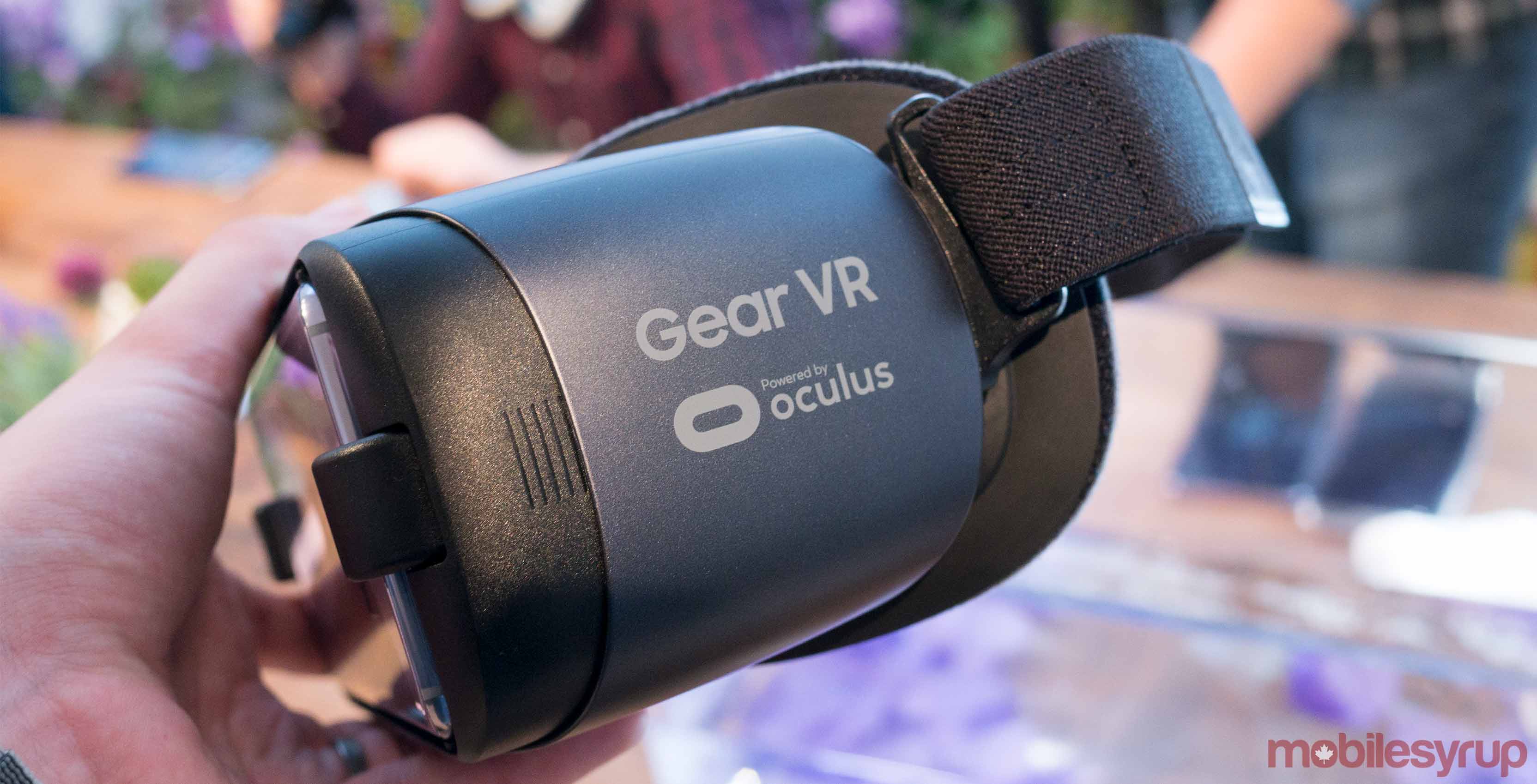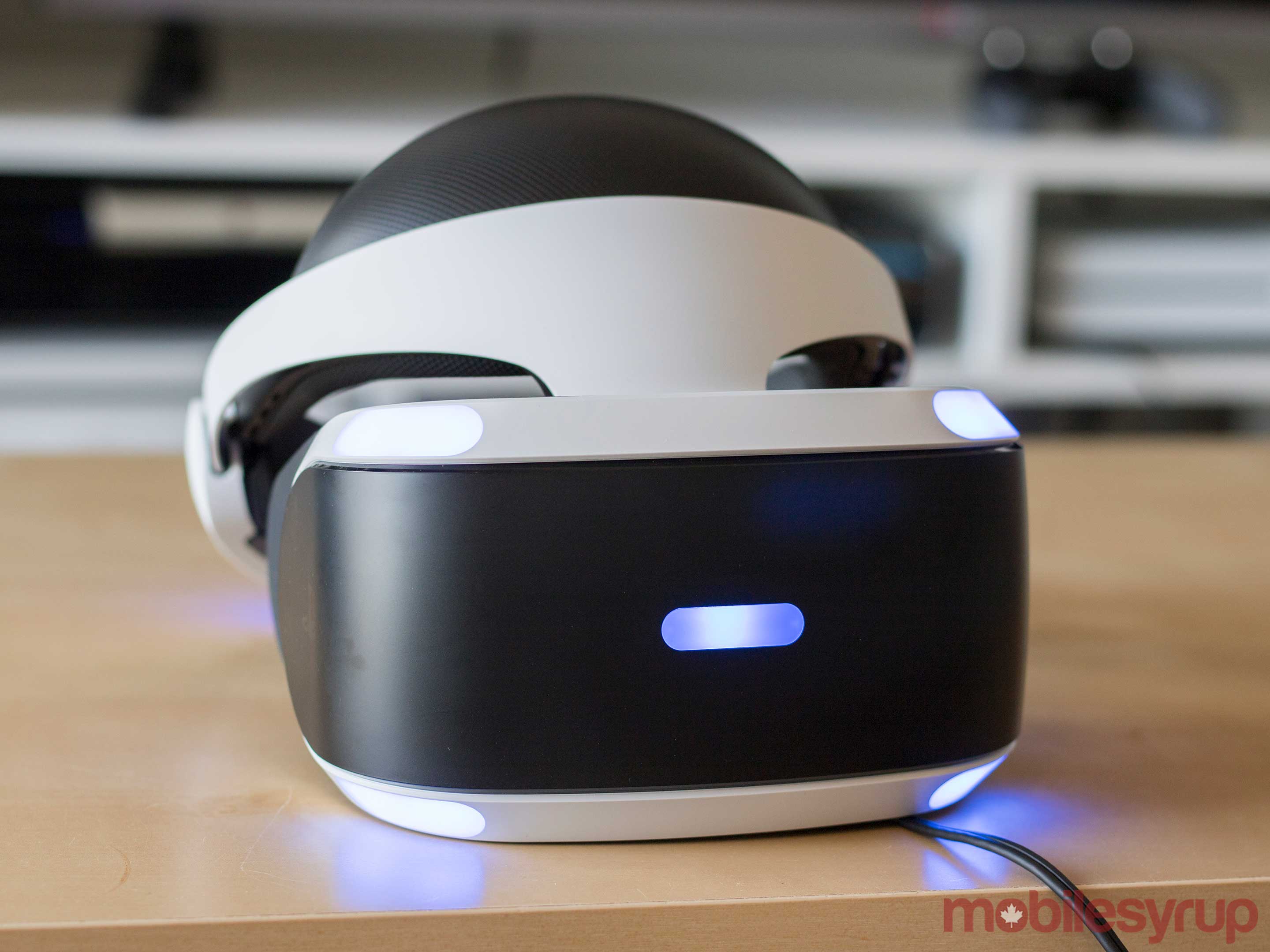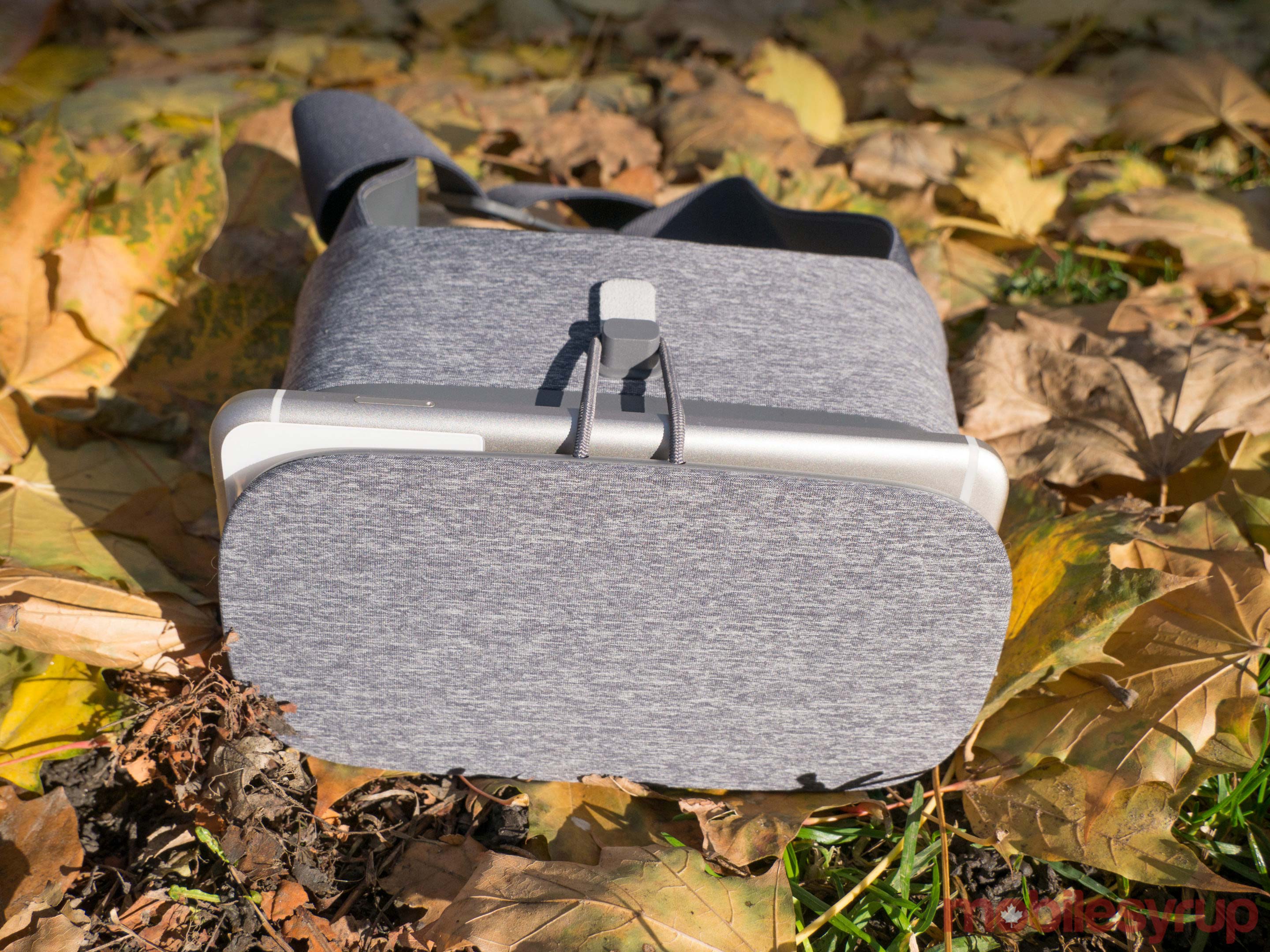
While virtual reality technology is perhaps most commonly known for its entertainment uses, it also has a wide range of applications in health care.
Imagine being able to conquer a crippling fear of heights, or debilitating social anxiety through careful and controlled virtual reality experiences. This is what researchers across the globe have been studying intensively for the burgeoning technology.
At the VRTO Virtual & Augmented Reality World Conference & Expo at Toronto’s Ryerson University, a panel of experts took to the stage to address the subject head-on. Kicking off the panel was Stéphane Bouchard, professor in the Cyberpsychology lab at the Université du Québec en Outaouais. Bouchard’s work with virtual environments dates back to 1999, focusing on the treatment of anxiety disorders, addictions, stress management and more.
“The advantage of VR is we can adjust the pace of exposure [of the stimulus] — we can manage the exposure to meet the patient’s needs,” Bouchard says.
Through VR, patients can be exposed to their fears and other ailments in safer, more controlled environment without becoming too overwhelmed or agitated. He cited studies published by Oxford and Waypoint, which looked at how clinical therapy has been revolutionized through virtual reality.”
To demonstrate this point, Thomas Overly, co-founder of Michigan-based VR therapy clinic Promena VR, shared a sizzle reel of some of his patients undergoing VR therapy. In the footage, a virtual man, who had arachnophobia, was in a living room with a small spider on his hand. This was “Level 1,” with subsequent stages showcasing a larger and more detailed spider touching the man.
With this technology, health care professionals can put the patient in a setting that is comfortable to him (in this case, a home), as well make adjustments to the size, shape and form of the stimulus (in this case, a spider). The results, as they were, showed that the patients were improving as much as they would had they been subjected to a real spider.
Similar successes were seen in cases of PTSD (with the patient being transported into a virtual battlefield — and OCD (bringing the patient to environments that were progressively more contaminated), among other situations.

Altogether, VR has helped make his interactions with patients more personal and better-suited to their needs. Prior to using VR, he says he’d have appointments with patients for a psych evaluation and then have to give them behavioural homework to do outside the clinic. It was rather limiting in that he couldn’t be with his patients while they worked on getting better.
However, with VR, Overly says he can now better serve his patients by developing specific virtual programs that will best help each of them, as well as engage with them more directly.
“I become essentially whoever I need to be for my clients, instead of doing role plays in-session, where they’d stare at me — a middle-aged Caucasian male,” he says. Through VR, he says he’s not seen as a doctor, and instead can take the form of a friend or other companion for his patients, all while being in a more comfortable virtual setting besides a clinic.
On the Canadian front, AR and VR has been applied in many hospitals across the country. Specifically, the panel featured Dr. Lora Appel, project lead at UHN OpenLab, which encompasses several hospitals, including Toronto General and Princess Margaret. In her experience, she said VR has been especially good for patients with ailments like dementia and Alzheimer’s. She says VR is a particular effective way of treating patients in situations where they should be confined indoors — or are physically unable to go outdoors — because they’ll be a harm to themselves or others.

It’s also a more pleasant form of treatment for patients, as sedation can oftentimes be the only immediate answer. With VR, they can still get an experience that replicates going outside, without being subject to the dangers of doing so in real life. Sometimes, patients are scared to undergo radiation therapy, such as those she helps with oncology at the Princess Margaret Hospital. However, by using augmented reality, doctors can help alleviate fears by showing patients exactly how the procedure will go and what specific areas of their bodies will be affected — all without being exposed to any radiation whatsoever.
As for the future of heightened reality technology, Appel says there are a number of barriers that need to be overcome going forward. She says “less is more,” specifically with hardware being predominantly head-mounted in nature. This isn’t always ideal for patients, especially for elderly individuals who may be more prone to sensory overload in using the headsets.
In general, she said VR needs to be able to reduce motion sickness and the abundance of lights and sounds. And finally, she said more funding needs to be put into research initiatives worldwide so that professionals may gain a better understanding of the technology and its uses.
MobileSyrup may earn a commission from purchases made via our links, which helps fund the journalism we provide free on our website. These links do not influence our editorial content. Support us here.


